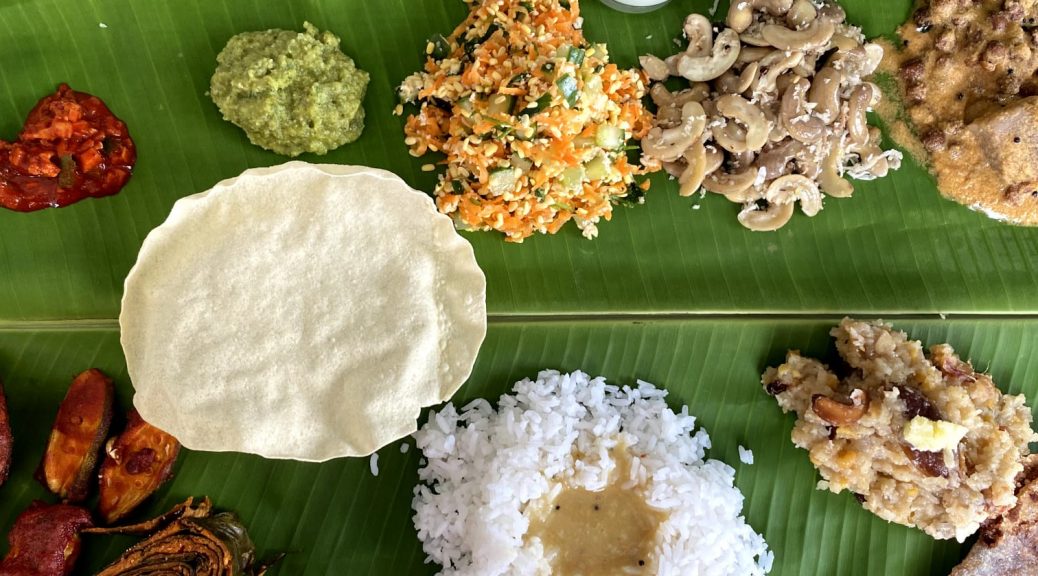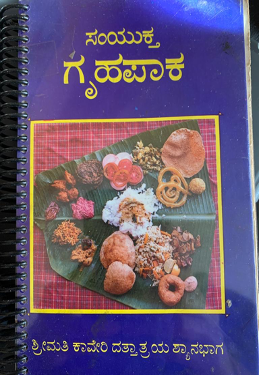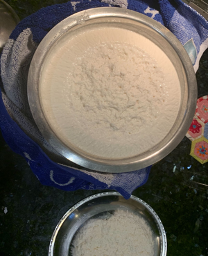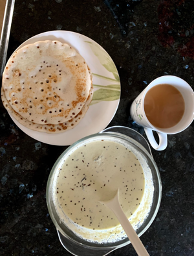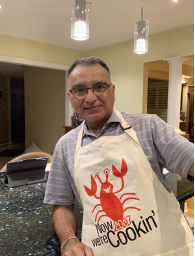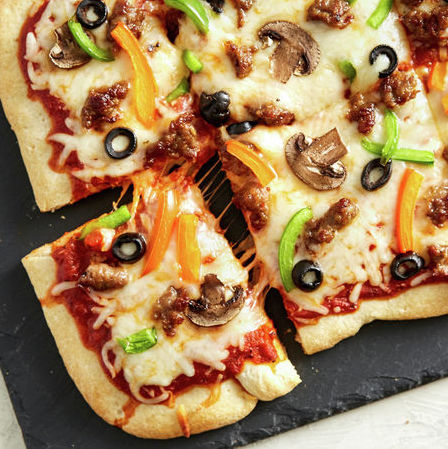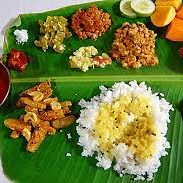“Food is music to the body; music is food to the heart”
It was a huge pleasure meeting Konkani Bandhawas at the Ugadhi function. There was new found energy and happy faces. “Long time no see” and “coming out of hibernation” were the mantras. There were warm hugs, entertainment and tempting food with Konkani written all over it. Speaking of food, the music group “Culture Criminals” with their soulful renditions of songs from the “good old times Bollywood” enhanced the flavour of the food without even taking a step into the kitchen. That is the beauty of music. Thank you “Culture Criminals”.
Sounds can make eating food pleasant, enjoyable and even change the perception of flavour. I have walked into a low-end pizza place with loud music blaring and compared it to an upscale pizza place with the soft music of Luciano Pavarotti playing. Those notes take you to the heart of Italy and gently guide your senses to a more authentic taste of pizza.
At home, the sound of boiling water and pouring it over tea creates a feeling of anticipation. For Konkani’s it is the sound of the sea, bringing to mind seafood. And by association, seafood and breaking of the sea surf. For a trial listen to this in the background when you are eating your next meal of fish:
Mi Dolkara Daryacha Raja With Lyrics | मी डोलकर डोलकर डोलकर दर्याचा राजा | Lata Mangeshkar – YouTube,
At home, we rely on certain sounds that can act as a cue during cooking and give an indication of how to proceed. When preparing the tadka, the crackling sound that arises when mustard seeds splutter in the pan of the hot oil indicates that the oil is hot enough to draw the flavour from the food and it is time to reduce the heat. The popping sound of corn kernels exploding in the presence of heat is a gauge to determine the cooking time of popcorn when preparing a big bowl of popcorn for movie night.
Is there a connection between that crackling sound you hear and the rating you give to that movie? Of course, sound and aroma go hand in hand with acting and script!
We pick up sound through auditory receptors, tiny hair cells inside the inner ear organ called the cochlea. The hair cells contain stereocilia, a bundle of hairlike processes that can pick up sound. Sound waves enter through the outer ear and travel through the ear canal to the eardrum where the drum begins to vibrate. The intensity of the vibrations depends on the intensity of the sound. The brain in turn processes this information to tell us about the source and quality of the sound and we react accordingly. Importantly, our ear canals are connected to our nose and olfactory pathways.
Sometimes the start of the meal is marked by saying grace or the ringing of a musical instrument, such as a bell. The purpose is to create ambience in which the food is eaten and often sound is a way to make guests conscious of the story behind the meal.
Research has been conducted to determine whether air pressure changes or cabin noise are responsible for airline passengers’ preference for beverages and meals in flight. The studies simulated the air pressure and/or sounds experienced in a commercial airplane cabin at cruising altitudes. In one study people were asked to taste combinations of the five basic tastes – sour, salty, sweet, bitter, and savory. Their responses were recorded in the presence or absence of loud sounds that stimulated airline cabin noise. Out of the five basic tastes, only sweet and savoury were significantly affected. In particular, the perception of savory increased in the presence of loud noise, while the perception of sweetness started to decrease. So sound and its intensity do in fact influence the perception of taste.
The right sound can positively influence your meal, just as the wrong one can have a negative impact. Loud sounds can be distracting and make it hard to concentrate. Not a great way to consume any meal. Next time try for yourself loud blaring music drums versus the soft beat of Santoor on your next dining experience.
Pandit Shivkumar Sharma (Santoor) – Raga Yaman – YouTube
Music has a way of reaching deep inside to wake up your taste buds. It can make you smile; it can make you weep; it can make you hungry. An invitation is hereby extended to share your feast of your ears, great songs that fire your taste buds. As for our household, the go to music is always a version of:
LEGACY: Asha Bhosle & Ustad Ali Akbar Khan – Pure Indian Classical – YouTube
So, the next time you are eating or cooking, pay attention to the sounds around you and the sounds the ingredients or food make. These sounds may not only amplify the sensation and bring out the best from your taste buds.
Is it too much to ask for a glimpse of “culture criminals” at all the OKA functions?
About the author…
Madhav Shanbhag moved to GTA in 2017, after spending more than 40 years in Fredericton, New Brunswick. In retirement, Madhav enjoys the luxury of few hours of leisure and nature time…

